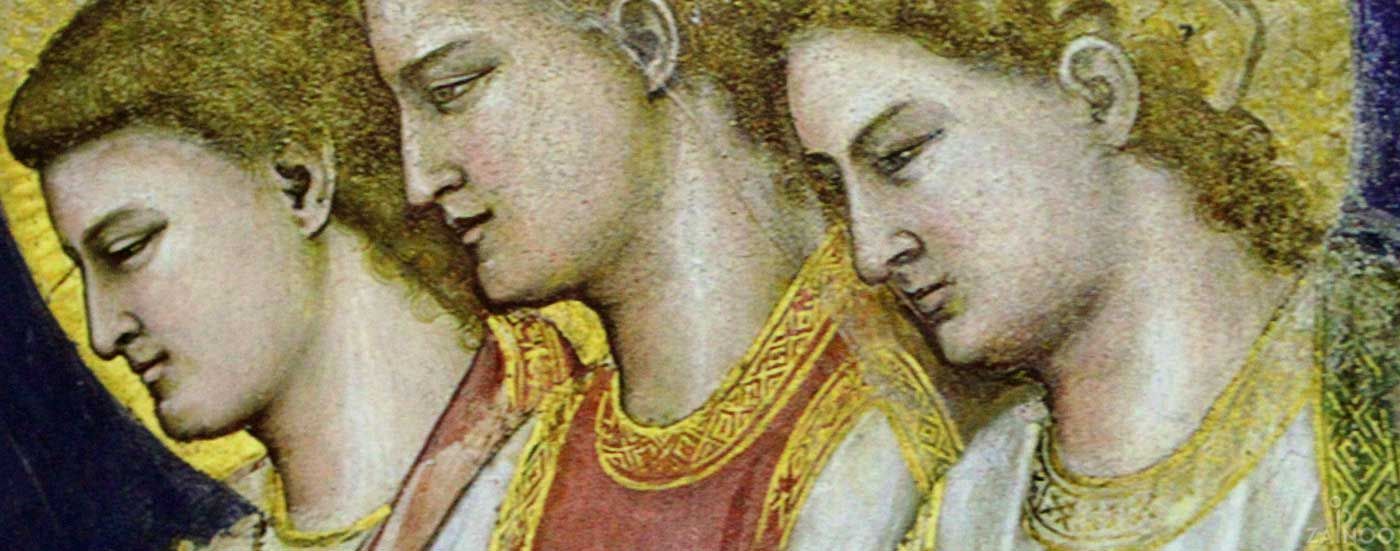History of Padua
Padua – one of the oldest cities in Italy
Padua is one of the oldest cities in Italy. In ancient times, Padova achieved a victory over the Spartans before it was conquered by the Romans and received the town charter. In the Middle Ages, Padua was an independent city state, like many of its neighbouring cities, but was ruled by a Podesta of the emperor. In 1405 the city finally fell to Venice, in 1797 to Napoleon, and finally to Austria. With one of the oldest universities in Italy, Padua was always an intellectual and artistic centre, which brought many art treasures to the city and made it a hotbed of revolutionary ideas.
Padua under the Romans
According to a legend, Padua was founded around 1184 BC by the Trojan Antenor and is therefore thought to be one of the oldest cities in Italy. The region around Padua then developed very quickly into an important centre of the Venetians. In the year 302 BC the Paduan army also defeated the Spartan king Cleonymus. In the battle against the Celts, Padua did very well until it was incorporated into the Roman Empire in 215 BC and granted town status. The city quickly developed into one of the most important and richest trading cities of Rome and produced many famous personalities such as the Roman historian Livy. After the fall of the Roman Empire, Padua was first destroyed by the Huns, Attila, and later by the Lombards.
Padua in the Middle Ages
After the destruction of the city, Padua recovered only very slowly and was first incorporated into the Frankish and later into the Holy Roman Empire. During the investiture controversy between the emperor and pope, Padua joined the Lombardy Association of Cities and stood against the emperor. However, in 1177 Padua left the league of cities early and signed a truce with the emperor. Although Padua gained its independence, it was assigned a Podesta by the emperor – a kind of city manager – who took charge of the city. This situation quickly emerged as a problem for the city as the Podesta, especially the house of Ezzelino Romano III, oppressed the city with their tyranny.
It was only in the 13th century under the rule of the house of Carrara that Padua was able to extend its sphere of influence; the third oldest university in Italy was founded and a new era of arts funding was initiated. The decline of the Carrara family also started the decline of Padua as an independent city and so the city fell to Venice in 1405.
Historical development until today
The Venetian rule did not diminish the cultural development of the city. The university developed into one of the best in Europe, where famous scholars such as Galileo Galilei taught among others. In 1797 Padua fell to the French, the Austrians and the Kingdom of Italy before it was annexed again by Austria in 1814. The revolutionary ideas of the University of Padua led to an uprising in 1848 – as a result the university was closed by the Austrians. In 1866 Padua finally became part of the Kingdom of Italy like the rest of Veneto. Today, Padua is the most important economic centre of Veneto.


Tweet